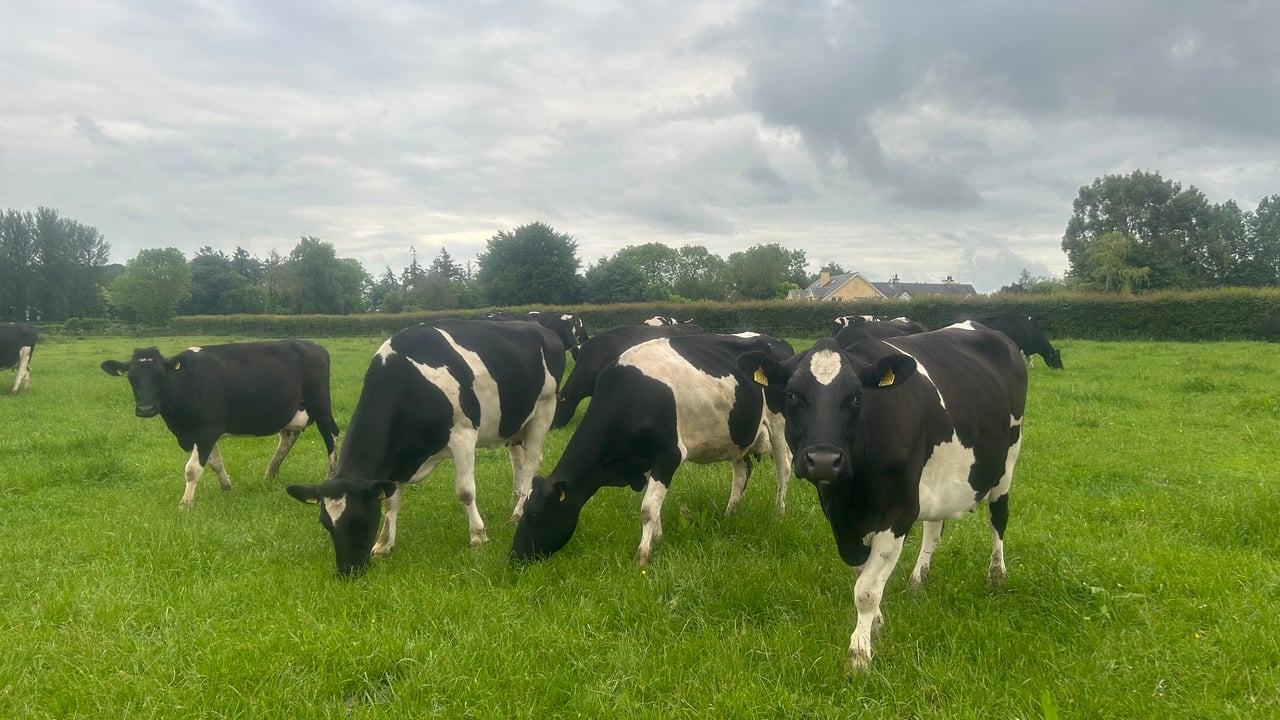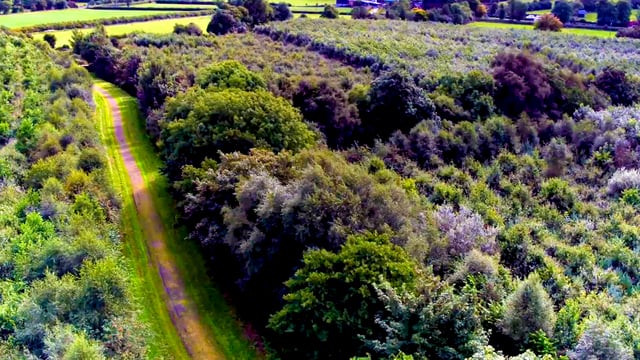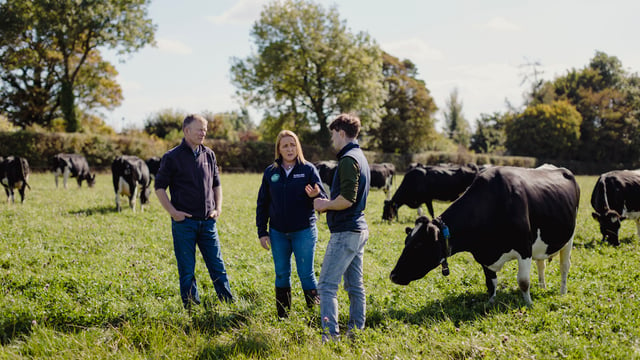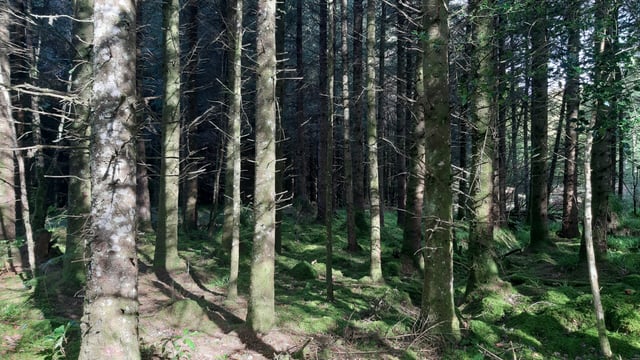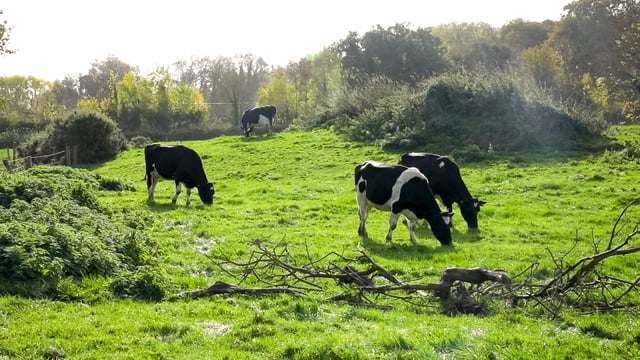Milder conditions should allow for more positive grass growth
It is undeniable that grass growth so far this year has been slow to get going, with cold and dry conditions struggling to drive on regrowths.
However, the weather for the last few days and for the days to come looks more positive from a growth perspective as temperatures look to be milder, with temperatures looking set to be reaching double digits in daylight hours.
According to Met Éireann, the weekend will also bring showers or occasional rain. It will start mild with temperatures of 10-14°C on Saturday, but it will be cooler on Sunday as northerly breezes set in.
The light rain will also be welcomed as it doesn't look like it will upset grazing conditions, and moisture in the soil is well needed in places alongside the rise in soil temperatures.
The milder conditions will also allow many to get out fertiliser and farmers should aim to have 60 units of nitrogen (N)/ac.
Second applications of fertiliser on grazed ground should be N, phosphorus (P), potassium (K), and sulphur (S) products if you have a P allowance and no slurry was applied. For paddocks that have received slurry, N+S products will suffice.
If you have no fertiliser out, apply 35 units of N/ac and slurry should potentially follow in a few weeks spread at a rate of 2,500-3,000 gal/ac.
Farmers must not forget about sulphur when applying fertiliser at this time of the year as grazing fields should be targeted with 16 units S/ac/year between March and July.
Grass growth
According to PasturBase Ireland (PBI), grass growth is predicted to range between 20-29kg dry matter (DM)/ha and soil temperatures are to increase to 7-9°C.
The average farm cover (AFC) on PBI recording farms is 715kg DM/ha with growth still slow last week at 16kg DM/ha.
However, grass is still making up the majority of the cow's diet at this stage of the lactation which is important as the average diet consists of 9.5kg of grass DM with 4.5kg of meal and 4kg of silage.
If farmers have an AFC of near 1,000kg DM/ha, then they should consider letting the cows out full-time and if AFC sits at around 800kg DM/ha, an option is to have the cows out by day and for three hours after evening milking to try and maximise grass in the diet.
Farms with covers near 700kg DM/ha should still be allocating grass by day and the first few paddocks that were grazed at the start of the season should now have a cover of 650-800kg DM/ha.
If the paddocks don't have these types of covers, the rotation should be slowed down to start the second round on the second week of April.
Conditions are great at the minute for grazing but growth rates are still lagging behind, but are gradually improving which means that while it is important to maximise grass in the cow's diet, one eye has to be on the second rotation and securing decent opening covers for the next round.

